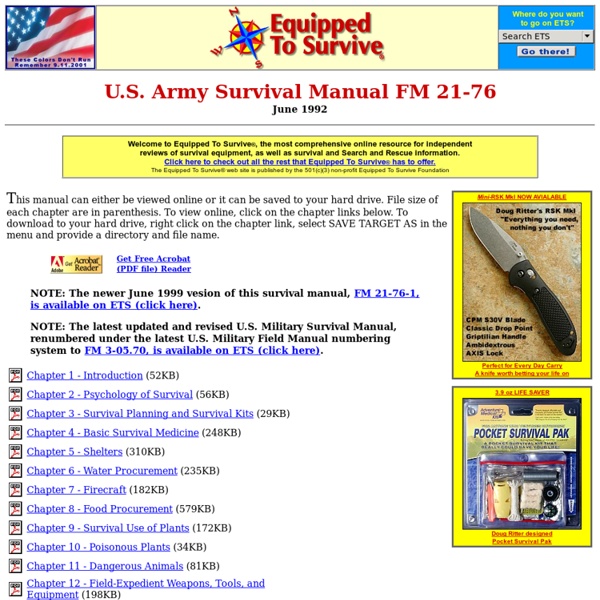



Did you know pine trees can be used as food, medicine and survival equipment? (NaturalNews) The pine is one of the most useful trees on the planet, providing food, shelter, medicine and fuel. Knowing how to utilize this versatile resource could someday be the key to your very survival if you find yourself alone in the wilderness. There are many species in the pine family (or genus Pinus), and they can be found virtually everywhere in the world. Here are just a few of the many uses for pine trees (or conifers): Food: Many types of pine needles can be used to make a tea rich in vitamin C. It's important to note that some pine needles are poisonous -- be sure to avoid consuming the needles from the Norfolk Island Pine (Araucaria heterophylla), the Yew (Taxus) and the Ponderosa Pine (Pinus ponderosa -- also known as Western Yellow Pine, Bull Pine and Blackjack Pine). Pine nuts from all varieties of pine are edible, although some are small and not typically harvested. Inner pine bark and pine resin are edible; male pine cones and their pollen can also be eaten. Medicine:
About Web Search - Learn How To Search The Web Stealth Survival Preparedness We're working hard to finish up our new marketplace, where you'll be able to find all of your preparedness, homesteading and food storage needs. The market will feature organic foods, preparedness supplies and unique solutions from local farmers and small businesses from around the country. Survival Guide A survival guide could save your life or that of a loved one! Even the most experienced of survivalists should keep a survival guide close by when tackling nature because you never know what surprises make lurk ahead. Whether you’re a novice hiker, camper, hunter or highly experienced outdoor survival instructor/guide, having an up to date survival guide can be a lifesaver. If you forget to stay put or forget the rule of three’s which are, you can live three minutes without air, three hours without shelter in a harsh environment, three days with water and three weeks without food, a good survival guide can help you get on the right track. Every time you leave the road, have your survival gear and a survival guide with you. Your survival guide is one great addition to your emergency kit. The bottom line is to be prepared with a small pack with food, water, shelter, fire materials, a survival guide and a good knife at all times outside your home.
Bacteria Removed From Water With Simple Pine Tree Filter Say MIT Researchers MIT group shows xylem tissue in sapwood can filter bacteria from contaminated water. If you’ve run out of drinking water during a lakeside camping trip, there’s a simple solution: Break off a branch from the nearest pine tree, peel away the bark, and slowly pour lake water through the stick. The improvised filter should trap any bacteria, producing fresh, uncontaminated water. A false-color electron microscope image showing E. coli bacteria (green) trapped over xylem pit membranes (red and blue) in the sapwood after filtration. Researchers design a simple filter by peeling the bark off a small section of white pine, then inserting and securing it within plastic tubing. Image courtesy of the researchers “Today’s filtration membranes have nanoscale pores that are not something you can manufacture in a garage very easily,” Karnik says. Tapping the flow of sap Sapwood may offer a low-cost, small-scale alternative. Seeing red Picking the right plant This research was supported by the James H.
Adventures in Rechargeable Batteries SURVIVAL – BEDOUIN STYLE | Al Rahalah Since the Napoleon’s ill-fated campaign against Egypt in the late 18th century and the world became enthralled with everything Pharaonic. Especially Europeans and Americans, they came by the boat load to see the tombs, temples, and palaces that were long forgotten or half-covered in sand, they came, saw, and recorded what they saw in vivid illustrations; the only record of what a lot of these ancient monuments looked like. Since then many of these monuments became lost again under the waters of Lake Nasser, or just simply collapsed for neglect. Thomas Cook – the founder of modern tourism – reinvented the Nile Cruise experience and reintroduced it to the world; effectively pioneering mass package tourism as we know it today. Old Nile cruises 90 years old advert. But what about the rest of Egypt; what about the deserts, the mountains, and the oases? How about the two seas bordering Egypt, the Mediterranean and the Red Sea? One such group is aptly called “School of the Desert”. Like this: